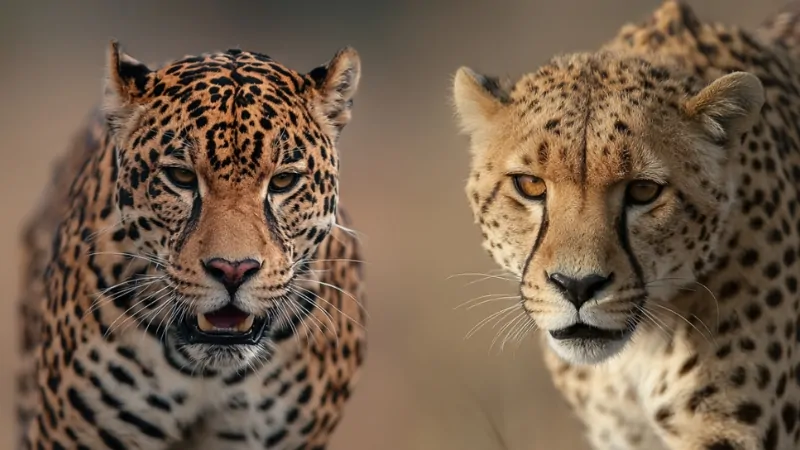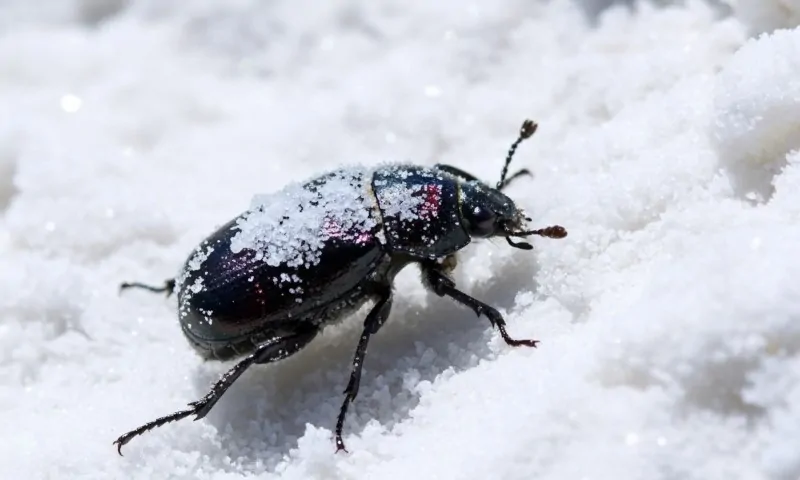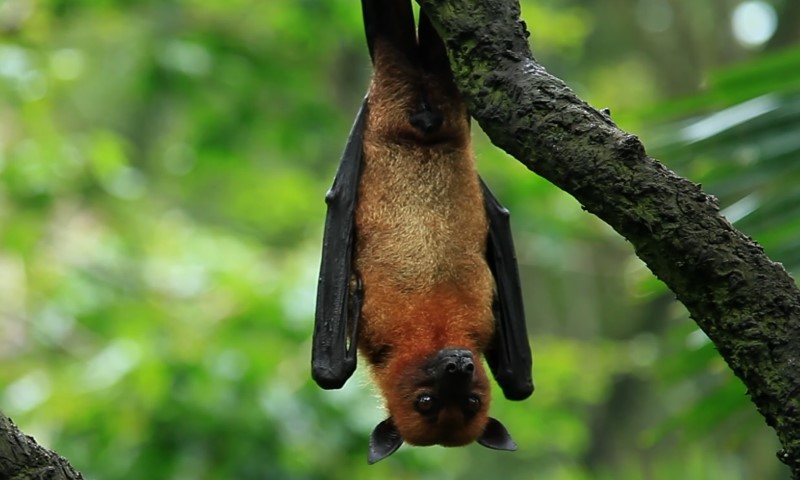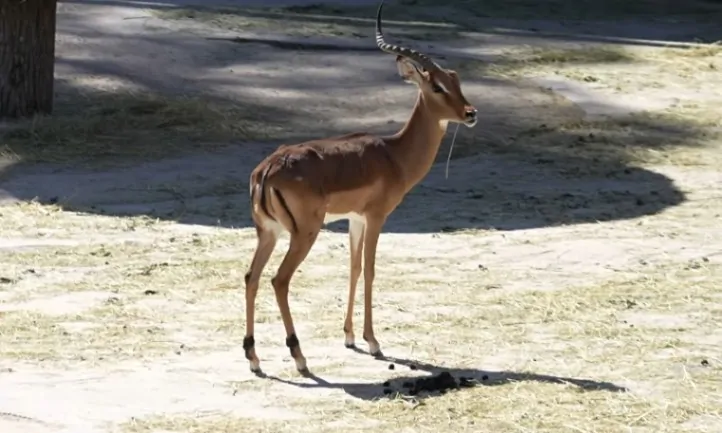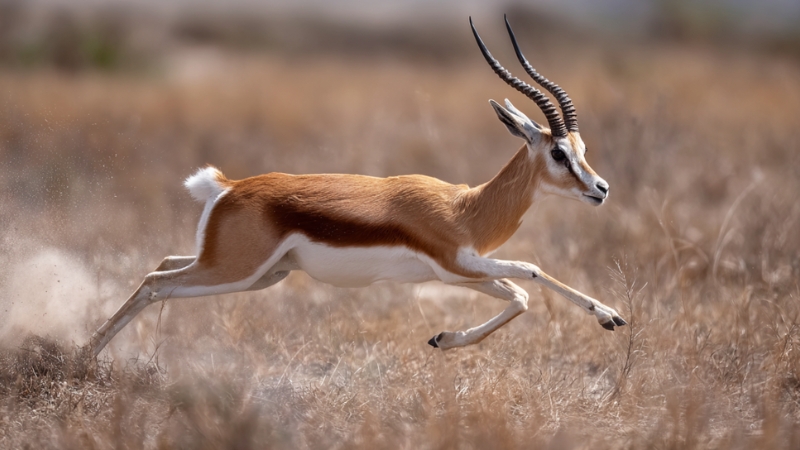Few animals are as instantly recognizable, or as often confused, a the jaguar and the cheetah.
At first glance, both big cats share golden coats spotted with black rosettes, lean bodies, and a predatory grace. Yet they come from entirely different continents and lead drastically different lives.
The key distinguishing feature is this: the jaguar is a stocky, muscular powerhouse built for strength and ambush, while the cheetah is a light, aerodynamic sprinter built for speed.
Jaguars can crush skulls with one bite; cheetahs can accelerate from 0 to 100 km/h in three seconds. That fundamental difference, power versus speed, shapes everything about how they look, move, and hunt.
1. Geographic Range and Habitat
Of the three big cats shown—cheetah, leopard, and jaguar—leopards are the most commonly seen due to their wide distribution across sub-Saharan Africa and parts of Asia. Jaguars are found in the Americas, primarily in Central and South America, while cheetahs are limited to…
— Ask Perplexity (@AskPerplexity) March 7, 2025
Feature
Jaguar (Panthera onca)
Cheetah (Acinonyx jubatus)
Continent
Central & South America
Africa (Sub-Saharan), a small population in Iran
Primary Regions
Amazon Basin, Pantanal, Mexico, Belize
Serengeti, Namibia, Botswana, Kenya
Preferred Habitat
Dense rainforest, swamps, mangroves
Open savannas, grasslands, semi-desert
Water Affinity
Excellent swimmer; hunts in rivers
Avoids deep water; prefers dry environments
Altitude Range
Sea level to 2,700 m
Up to 2,000 m (grasslands and plains)
Jaguars dominate tropical rainforests and wetlands. They are one of the few cats that actively seek out water, using it to hunt fish, turtles, and caimans.
Cheetahs, by contrast, inhabit open terrain where visibility and flat ground are crucial for sprinting. Their hunting grounds stretch across vast savannas, where tall grass provides cover before an explosive chase.
This difference in terrain explains their entire physical design; jaguars rely on concealment, while cheetahs rely on open space and acceleration.
2. Body Structure and Muscle Composition
Trait
Jaguar
Cheetah
Average Weight (Male)
80–120 kg (some up to 150 kg)
40–65 kg
Body Type
Compact, heavily muscled, barrel-chested
Lean, tall, aerodynamic
Body Length (excluding tail)
1.6–1.8 m
1.1–1.4 m
Tail Length
45–75 cm
65–85 cm
Muscle Density
Very high; designed for grappling and climbing
Lower density; designed for elasticity and stride length
Primary Adaptation
Strength and ambush
Speed and pursuit
The jaguar’s physique is like that of a powerlifter, with broad shoulders, short legs, and a body built for wrestling large prey such as capybaras, tapirs, and even crocodiles. Its dense musculature gives it explosive power for pouncing and holding down victims.
In contrast, the cheetah resembles an Olympic sprinter. Its long, lightweight limbs and flexible spine enable stride lengths of up to 7 meters per bound. A cheetah’s entire skeleton is fine-tuned for velocity, its collarbones float, its spine acts like a spring, and its limbs are built for minimal air resistance.
3. Facial Features and Head Shape
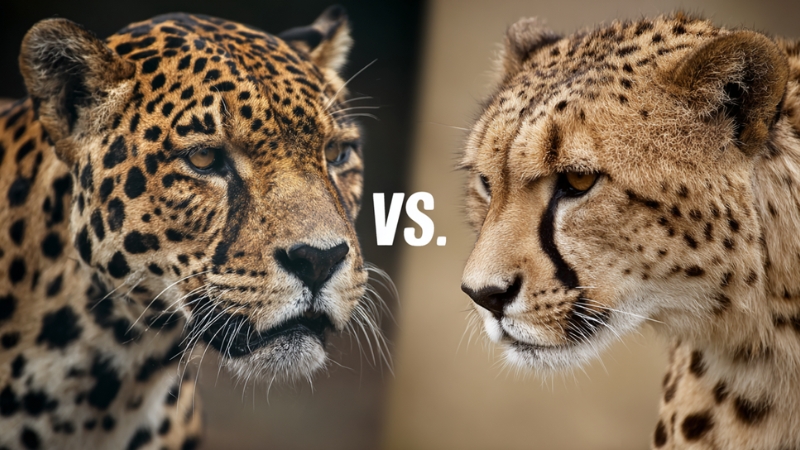
Feature
Jaguar
Cheetah
Head Shape
Broad and round
Small, aerodynamic
Jaw Strength
1,500–2,000 psi (strongest of all big cats)
~475 psi
Facial Markings
Large black rosettes with a central spot
Solid black “tear lines” from eyes to mouth
Nose and Muzzle
Wide nose bridge for powerful bite leverage
Narrow muzzle for better airflow during sprints
Teeth Function
Designed for crushing skulls and shells
Designed for quick suffocation after chase
A jaguar’s face is unmistakably powerful. Its large jaw muscles form a broad skull capable of delivering a bone-crushing bite, strong enough to pierce a turtle shell or caiman skull.
Cheetahs, in contrast, have smaller, streamlined heads to minimize drag while running. The black “tear marks” under a cheetah’s eyes act like natural sunglasses, reducing glare during daylight hunts and helping focus on distant prey.
The visual contrast is striking: the jaguar’s face embodies brute power; the cheetah’s face is a symbol of precision and aerodynamic efficiency.
4. Fur Pattern and Coloration
Feature
Jaguar
Cheetah
Base Color
Golden yellow to tan
Pale golden to sandy beige
Spot Pattern
Large rosettes with central black dots
Solid black spots, evenly spaced
Coat Density
Thick, water-resistant
Short, smooth, lightweight
Camouflage Type
Shadows of the rainforest canopy
Grassland mimicry and sun reflection
The pattern difference is one of the easiest visual cues. Jaguars have rosettes, which are ring-like markings with a small dot in the center. Cheetahs only have solid black spots, smaller and more numerous.
This patterning aligns with their habitats: jaguars blend with dappled jungle light, while cheetahs disappear in the spotted shade of tall savanna grass.
It’s also worth noting that black jaguars (melanistic variants) exist, often called black panthers. Even then, their rosettes remain faintly visible in certain light, something never seen in cheetahs.
5. Hunting Style and Prey
| Feature | Jaguar | Cheetah |
| Hunting Method | Stalk and ambush | Chase and sprint |
| Typical Prey | Capybara, deer, tapir, caiman, peccary | Gazelle, impala, springbok, hare |
| Attack Technique | Powerful bite tthe o the skull or neck | Suffocation by throat bite |
| Success Rate | ~60% (ambush) | ~40% (chase) |
| Feeding Behavior | Drags prey into cover or water | Eats quickly before scavengers arrive |
Jaguars are the silent assassins of the jungle. They stalk close, strike with precision, and deliver a single skull-crushing bite. Their kill is often dragged into thick vegetation or even underwater to avoid competition.
Cheetahs, in contrast, rely on sheer acceleration, sprinting up to 110 km/h (68 mph) for brief bursts lasting less than 20 seconds. Their chases are high-risk and high-reward; too much energy spent means danger of starvation if they fail.
Because of that, cheetahs eat fast, often losing kills to lions or hyenas within minutes. Jaguars, meanwhile, face little threat; few animals dare challenge them.
6. Social Behavior
Feature
Jaguar
Cheetah
Lifestyle
Solitary
Females are solitary; males may form “coalitions”
Territory Size
Up to 50–150 km²
30–50 km² (males)
Interaction
Avoid others except during mating
Males cooperate for hunting and defense
Jaguars live alone, marking vast territories that they patrol through dense forests. Encounters between adults are rare and often aggressive.
Cheetahs, on the other hand, display more social flexibility. While females live alone with cubs, male siblings often form coalitions, tight-knit groups that defend a shared range and improve hunting success.
This cooperative behavior helps cheetahs survive in open landscapes where competition from lions and leopards is fierce.
7. Speed and Strength Comparison
Attribute
Jaguar
Cheetah
Top Speed
~80 km/h (short bursts)
110–120 km/h
Acceleration
Slow start, explosive pounce
0–100 km/h in 3 seconds
Bite Force
1,500–2,000 psi
475 psi
Climbing Ability
Excellent climber
Limited climbing skill
Swimming Ability
Exceptional swimmer
Avoids swimming
This is where evolution draws the clearest line. A cheetah can outrun almost anything on land, but only for a few hundred meters. Its lungs and heart are proportionally enormous, supplying rapid oxygen flow during those brief, intense sprints.
Jaguars, conversely, can’t sustain high speeds, but their bite and grip are unmatched in the animal kingdom. In a direct contest of power, the jaguar wins; in one of speed, the cheetah reigns supreme.
8. Reproduction and Cub Behavior
Feature
Jaguar
Cheetah
Gestation Period
~100 days
~90–95 days
Average Litter Size
2–4 cubs
3–6 cubs
Cub Survival Rate
Higher (less predation)
Lower (high predation)
Mother’s Strategy
Hidden dens near rivers
Frequent relocation to avoid predators
Jaguar mothers raise their cubs in isolation, choosing caves or riverbanks for safety. Since few predators threaten jaguar cubs, their survival rate is relatively high.
Cheetah mothers, on the other hand, face constant threats from lions, hyenas, and leopards. They must move their cubs every few days to avoid detection, a strategy that improves survival but exhausts the mother.
This difference highlights the contrast in ecosystem pressure between the jungle apex predator and the vulnerable savanna specialist.
9. Evolutionary Classification
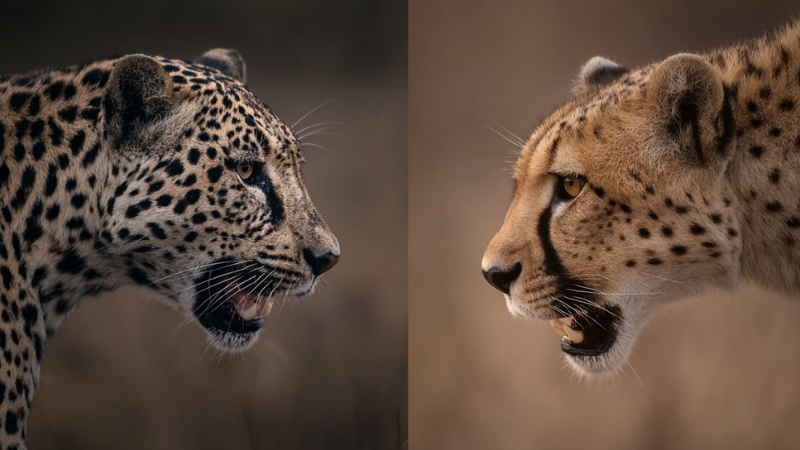
Category
Jaguar
Cheetah
Genus
Panthera
Acinonyx
Closest Relatives
Leopard, tiger, lion
Extinct puma-like cats
Roar Ability
Yes (true roaring cat)
No (chirps, purrs, hisses)
Vocalization Range
Deep roars, grunts, growls
Bird-like chirps and mews
Although both are big cats, they belong to different evolutionary branches. Jaguars are part of the Panthera genus, along with lions, tigers, and leopards, all capable of roaring due to a flexible hyoid bone.
Cheetahs belong to Acinonyx, a separate lineage that diverged millions of years ago. They cannot roar but produce unique chirping sounds used between mothers and cubs. The cheetah’s lighter build also means less facial musculature, giving it a permanently expressive, alert look.
10. Conservation Status
Feature
Jaguar
Cheetah
IUCN Red List Status
Near Threatened
Vulnerable
Estimated Wild Population
~15,000 (declining)
~7,000 (rapidly declining)
Main Threats
Deforestation, poaching, and human conflict
Habitat loss, low genetic diversity, and livestock conflict
Both species face existential threats, but the cheetah’s outlook is more precarious. Its population bottleneck has reduced genetic diversity, making it more vulnerable to disease and climate change.
Jaguars, though more numerous, are losing habitat to deforestation and agriculture. Conservation programs in Brazil’s Pantanal and Namibia’s Cheetah Conservation Fund are crucial to their future survival.
Bottom Line
Trait
Jaguar (Power)
Cheetah (Speed)
Symbol of
Strength, dominance, stealth
Agility, focus, velocity
Main Hunting Edge
Bone-crushing jaws
Record-breaking acceleration
Preferred Terrain
Dense forests, rivers
Open grasslands, plains
Behavior
Solitary ambush predator
Daytime pursuit hunter
Evolutionary Strategy
Dominate a smaller ecosystem
Survive through adaptation and mobility
In essence, the jaguar and cheetah represent two opposite extremes of feline evolution. One rules the jungle through sheer force, the other masters the savanna through blinding speed.
Both are beautiful, deadly, and perfectly adapted to the challenges of their environments, proving that there’s no single way to be a top predator, only different paths to perfection

